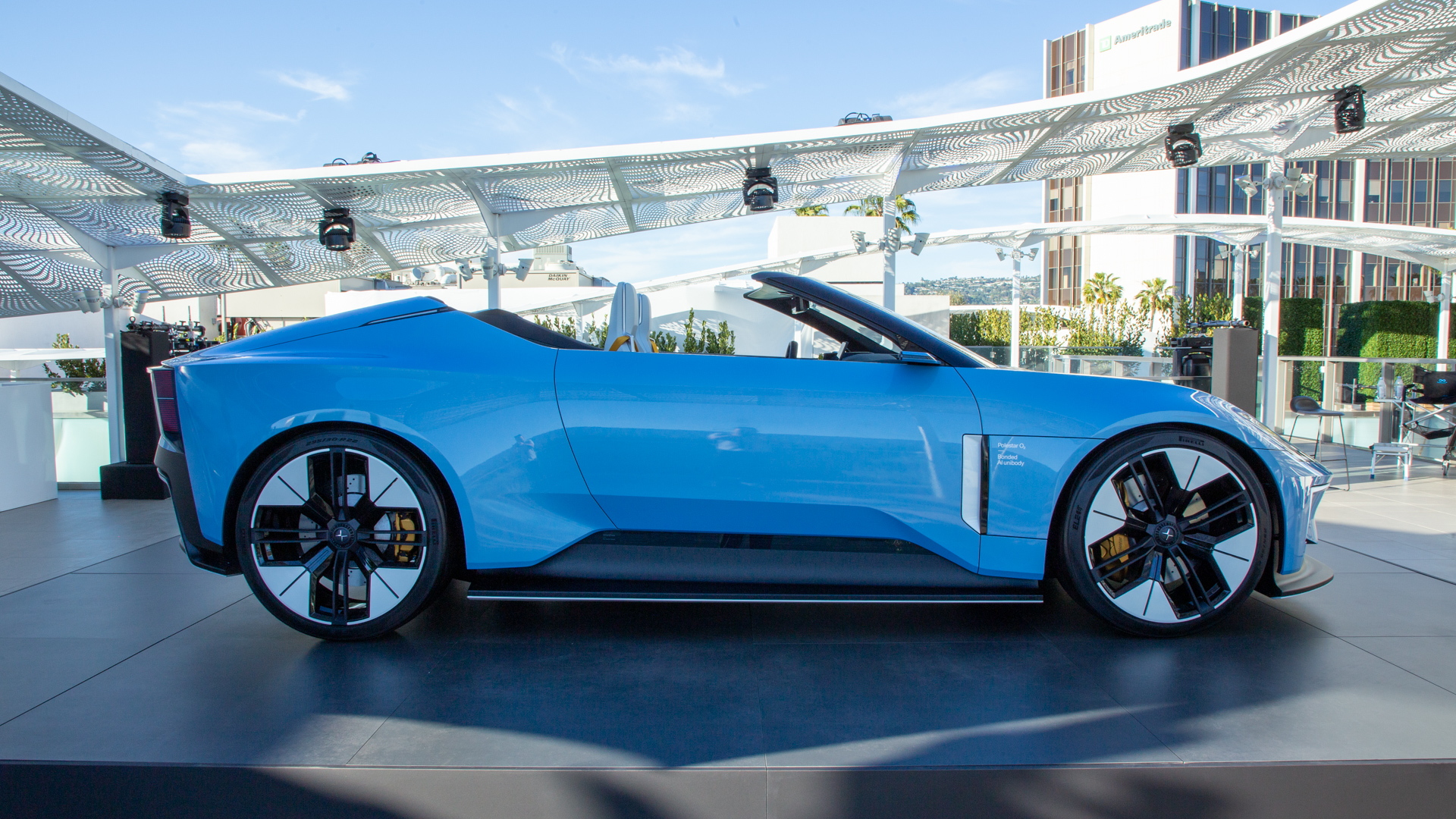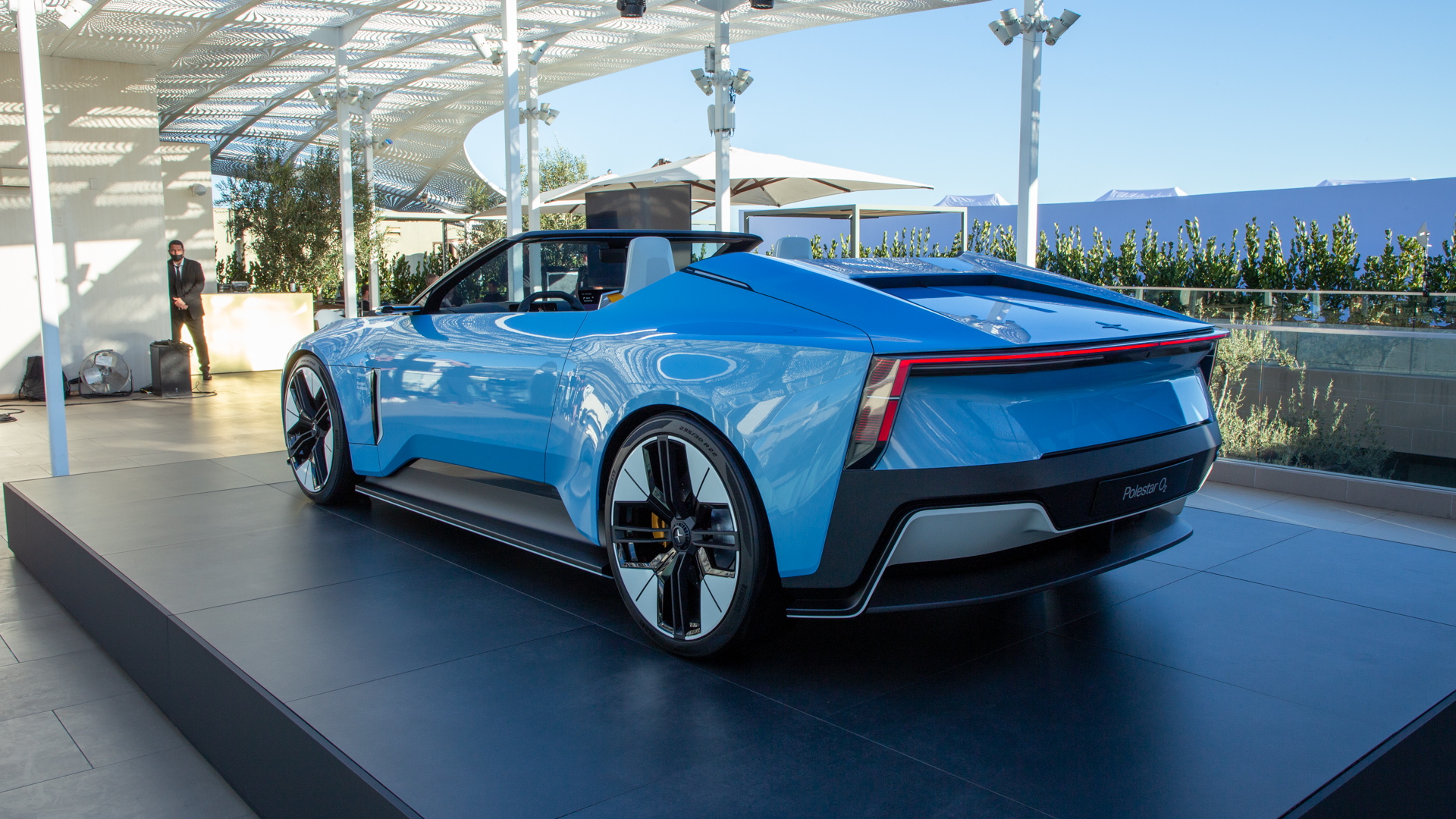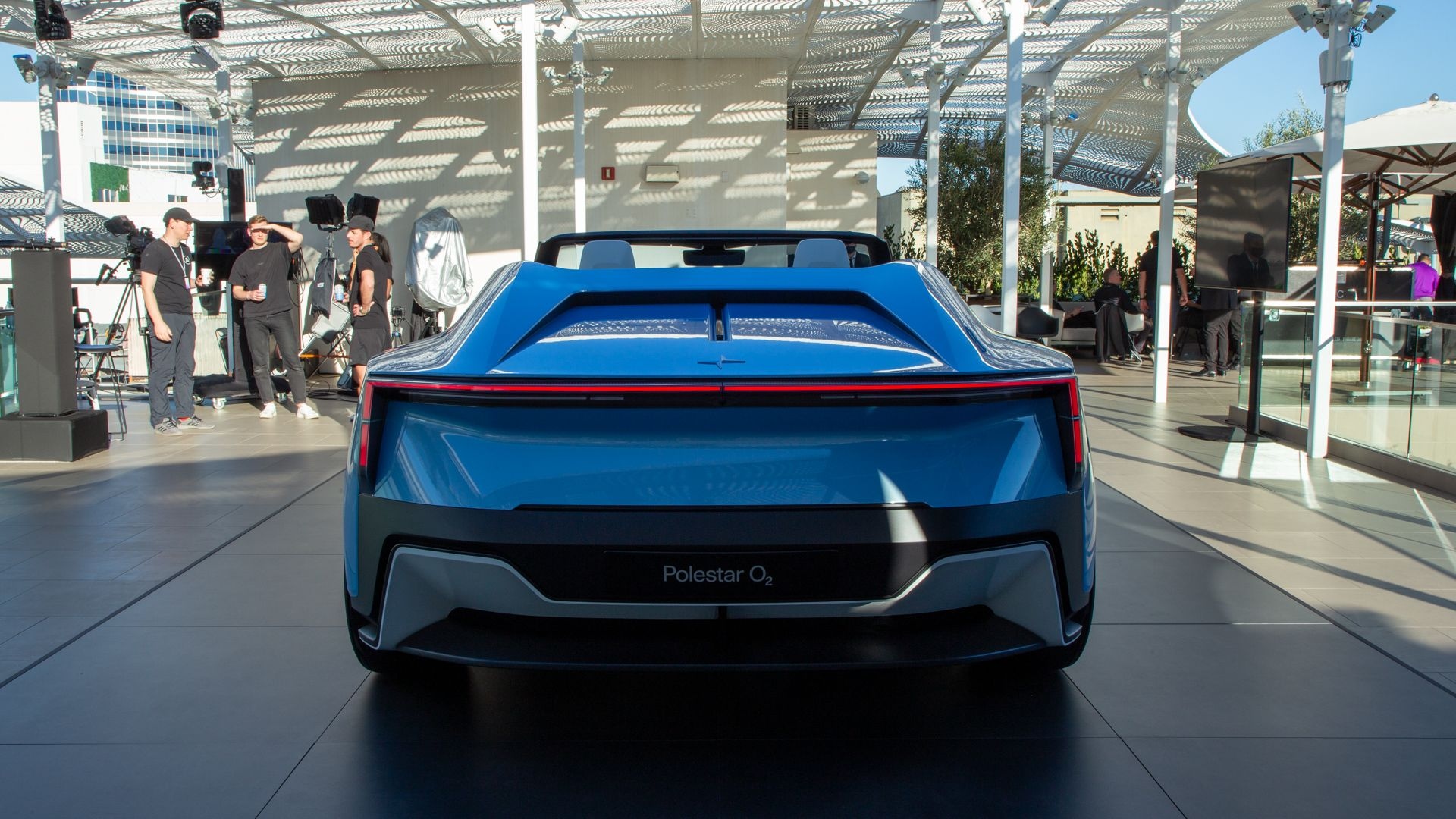Swedish electric performance brand Polestar has taken the wraps off its latest concept, the O2 (like the oxygen molecule), and much like 2020's Precept concept, it is an absolute stunner.
The 2+2 convertible sports car is a nice change of pace from the electric SUVs that look great on balance sheets, but don’t stir the same kind of emotion that a more sporting car can.
Polestar began as a Volvo spin-off, but the company is aiming to differentiate itself with a styling and design language all of its own. Representatives told Motor Authority that what is being shown here on the O2 and the Precept will be the brand’s styling direction going forward, and those two cars strike a much more angular pose than the soft, rounded edges of Volvos.
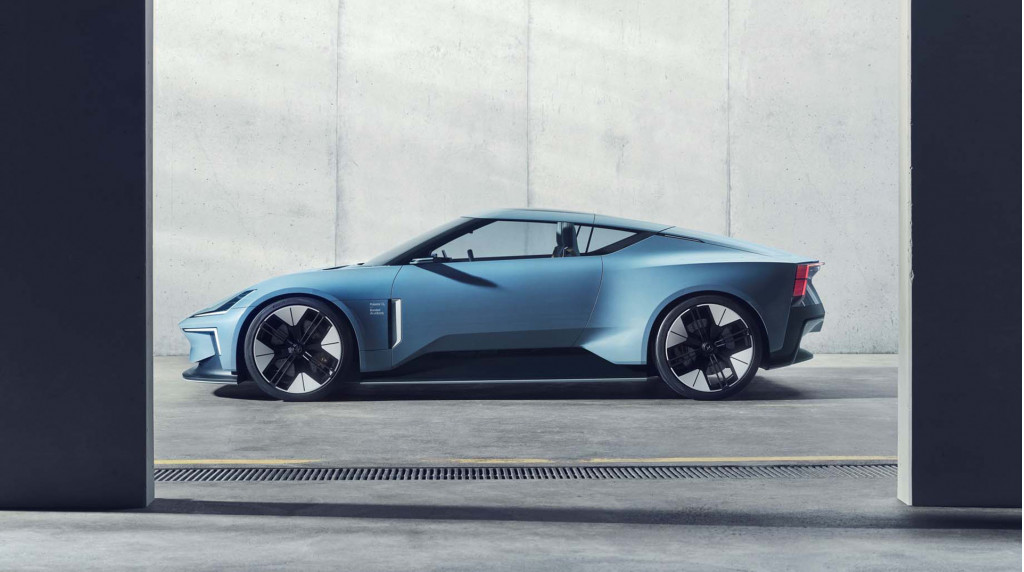
Polestar O2 concept

Polestar O2 concept
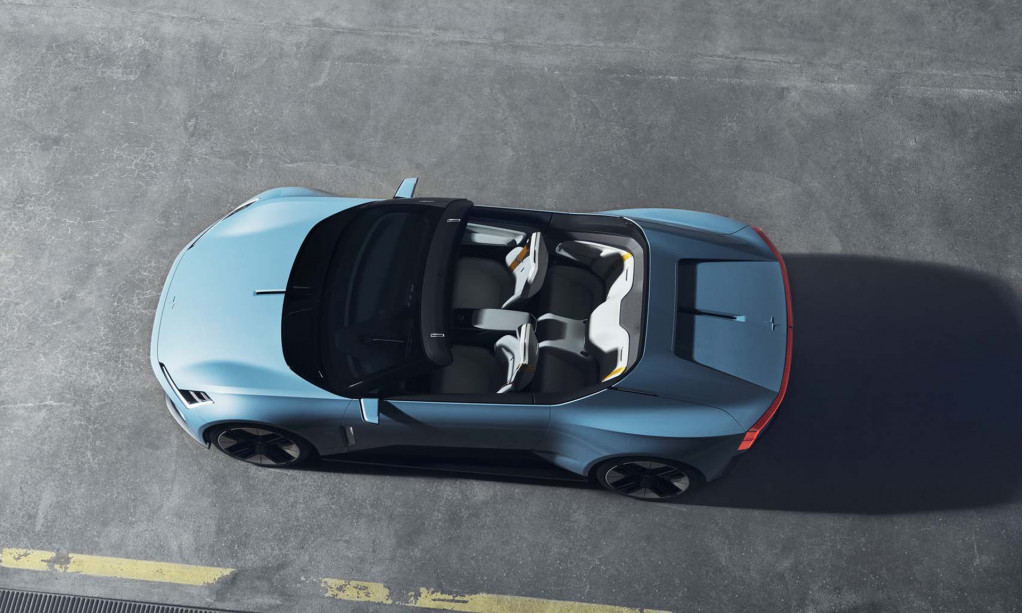
Polestar O2 concept
At this moment, the O2 does not have production intent behind it and that makes it different than the Precept concept that will spawn a Polestar 5 production model in 2024. But we find reasons for hope that the O2 could find its way to a production line because of Polestar’s ambitions. Gregor Hembrough, head of Polestar Americas, told us at the end of last year that "Polestar wants to be a Porsche competitor, in design, performance, and innovation." And you can’t go toe-to-toe with Porsche without a sports car to go against the 911. Any modern Tesla Roadster, should we ever seen one in showrooms, would also be competition.
We had a chance to see the O2 in Los Angeles ahead of the formal debut on Wednesday and can confirm that the O2 is a head turner, and not just because of that striking shade of light blue paint. Its shape evokes comparisons to Lotus and Koenigsegg, with rear pillars that stretch out to the back of the decklid to almost touch the LED taillights that line the top of the trunk. The front lights appear to be homages to Volvo’s Thor LED design, but sharpened to better fit the car’s look.
The rear decklid also features a split in it that appears to be a design feature at first, but is actually a track and launchpad for a drone that appears from behind the rear seats. An aerofoil raises up to create a pocket of negative pressure over the decklid, allowing the drone to be launched when the car is on the move. It will then autonomously follow the car at speeds up to 56 mph and can follow along pre-programmed flight routes to film the car in motion. Those videos can then be edited on the 15-inch touchscreen and uploaded to the social media platform of your choice and get all the likes.
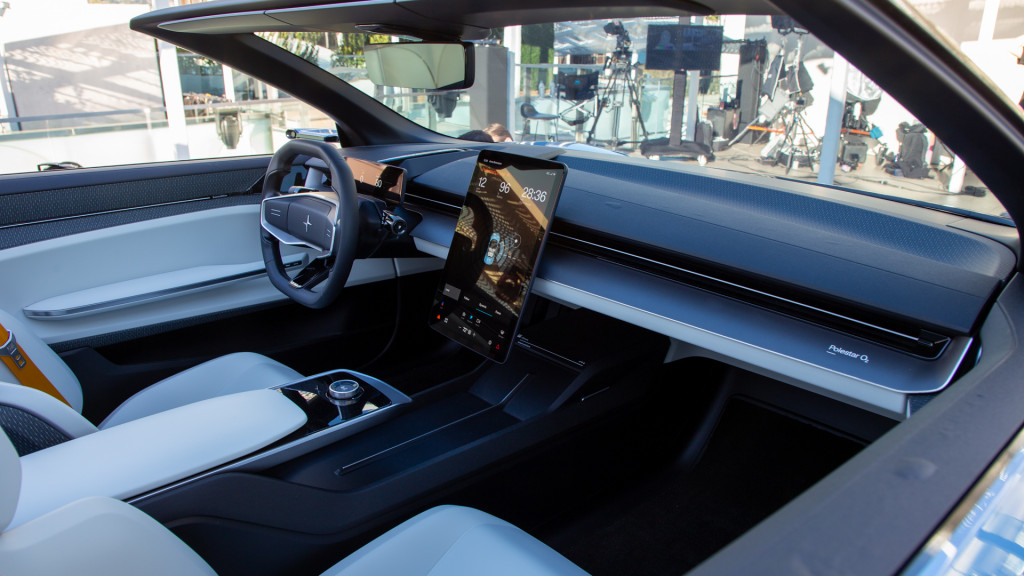
Polestar O2 concept

Polestar O2 concept
Polestar didn’t provide any powertrain details for the O2, only confirming that it rides on a shortened version of the Polestar-exclusive platform that will debut in the Polestar 5. In this application the wheelbase is about a foot shorter, at 109.9 inches, giving the O2 dimensions slightly shorter than the Lexus LC 500. Polestar is currently developing its own electric motors in-house in Sweden, and the company says they will be about 1.5 times more powerful than the motors in the Porsche Taycan, with a targeted output of over 600-hp. Those would give the O2 plenty of scoot.
In keeping with Polestar’s goal of producing the first climate-neutral car by 2030, the O2 features new sustainable materials including mono-material thermoplastics and a new recycling technique for the aluminum in the chassis.
We’ll be keeping a close eye on Polestar in hopes that the next O2 announcement declares that it will arrive as the Polestar 6 (or any number for that matter). Such beauty deserves more than a one-off appearance.

